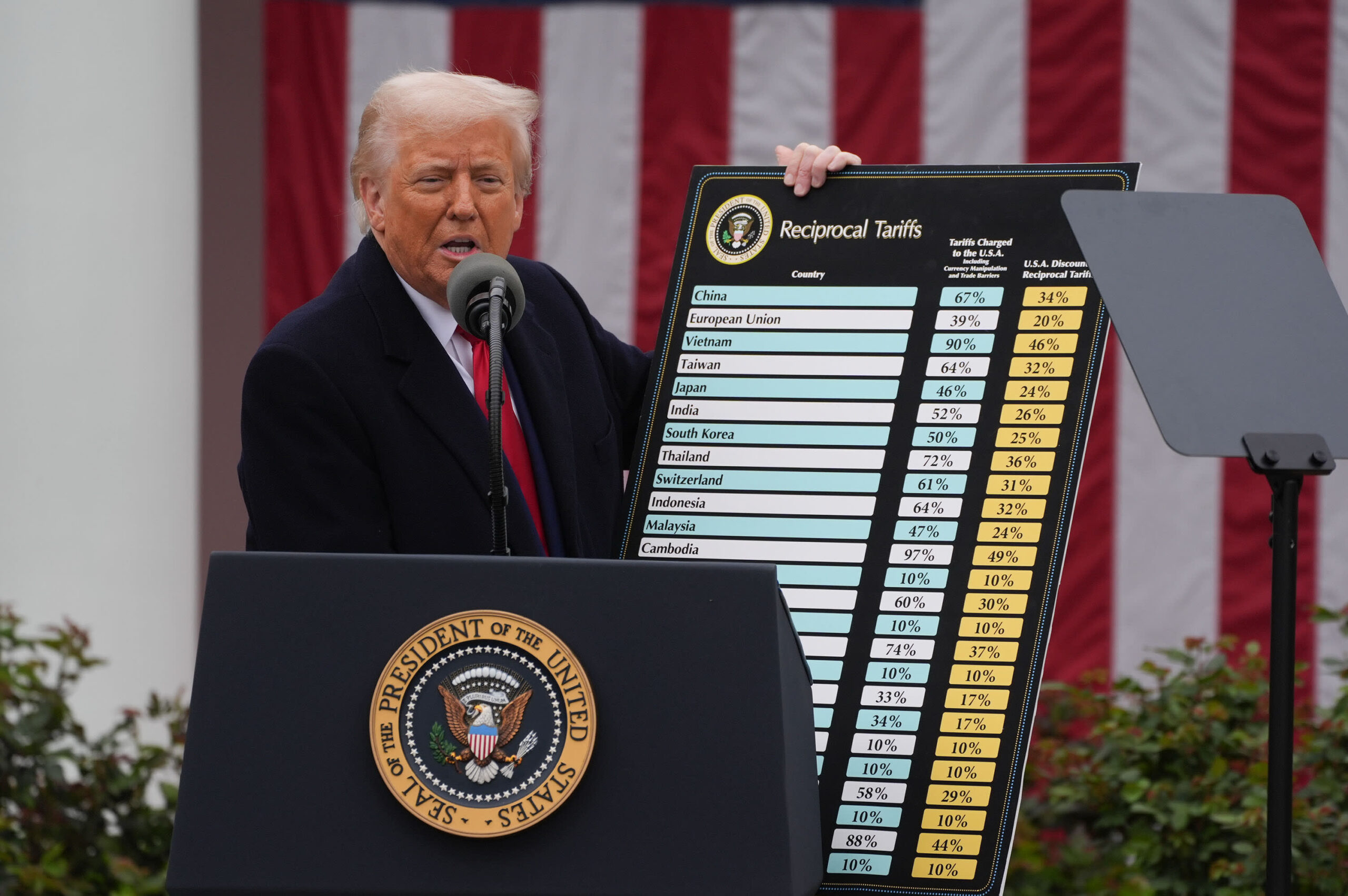NEW YORK: The US economy grew at a slight pace heading into the third quarter, with a number of regions noting flat or declining activity, according to the Federal Reserve (Fed) in its Beige Book survey of regional business contacts.
Employment also increased only slightly, according to the report Wednesday.
Labour turnover declined, and contacts in several districts expect to be more selective about who they hire and not backfill all open positions.
The latest edition of the Beige Book was compiled by the Federal Reserve Bank of Richmond using information gathered on or before July 8.
The report includes anecdotes and commentary on business conditions in each of the 12 Fed districts.
Of the districts, five noted flat or declining economic activity – three more than the prior period. Looking ahead, businesses expected the slowing to continue.
“Expectations for the future of the economy were for slower growth over the next six months due to uncertainty around the upcoming election, domestic policy, geopolitical conflict, and inflation,” the report said.
Wages grew at a modest to moderate pace in most districts, though prices rose modestly overall. Consumer spending showed little to no change.
Nearly every district “mentioned retailers discounting items or price-sensitive consumers only purchasing essentials, trading down in quality, buying fewer items, or shopping around for the best deals,” the report said.
A bevy of Fed officials led by chair Jerome Powell have said in recent weeks that the central bank is making some progress toward lowering inflation to its 2% goal, though they have been vague about the timing of interest rate cuts.
“While I don’t believe we have reached our final destination, I do believe we are getting closer to the time when a cut in the policy rate is warranted,” governor Christopher Waller said.
While the unemployment rate remains relatively low at 4.1%, it has now edged higher in each of the last three months. It’s up from a low of 3.4% in 2023. Signs of softening in the labour market have heightened worries that it could stumble under the pressure of Fed policy.
Inflation, meanwhile, was muted in the second quarter after an unexpected pop in the first three months of 2024.
The so-called core consumer price index – which excludes food and energy costs –rose just 0.1% in June, marking the smallest monthly advance since 2021.
Fed officials say recent moderation in the labor market means they will be alert to concerns both with full employment and price stability.
The Federal Open Market Committee is widely expected to hold its benchmark rate steady in July, marking a year since it first reached the current 5.25% to 5.5% target range.
Investors are betting on at least two cuts before the end of 2024, starting in September, according to futures. —Bloomberg


